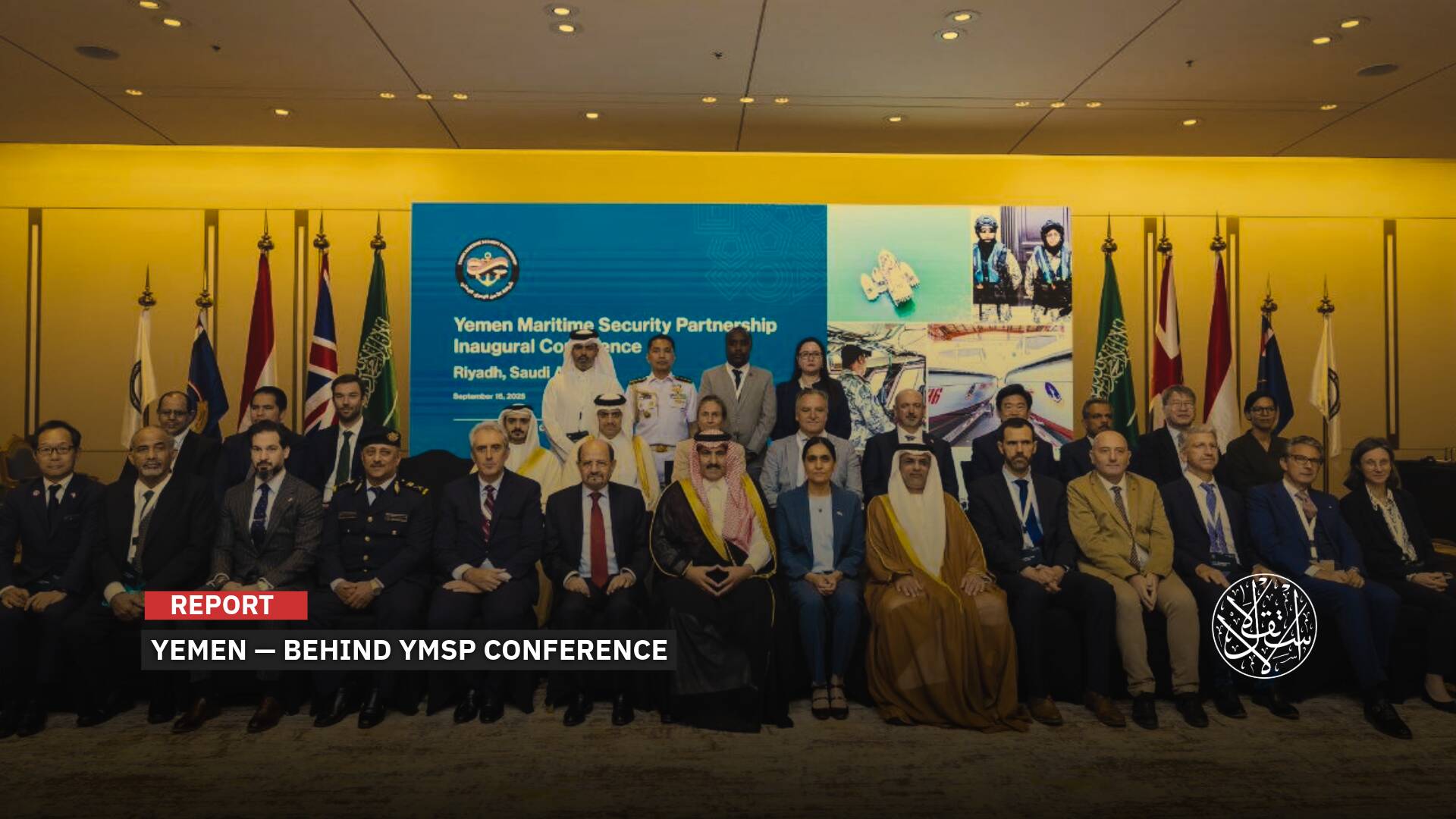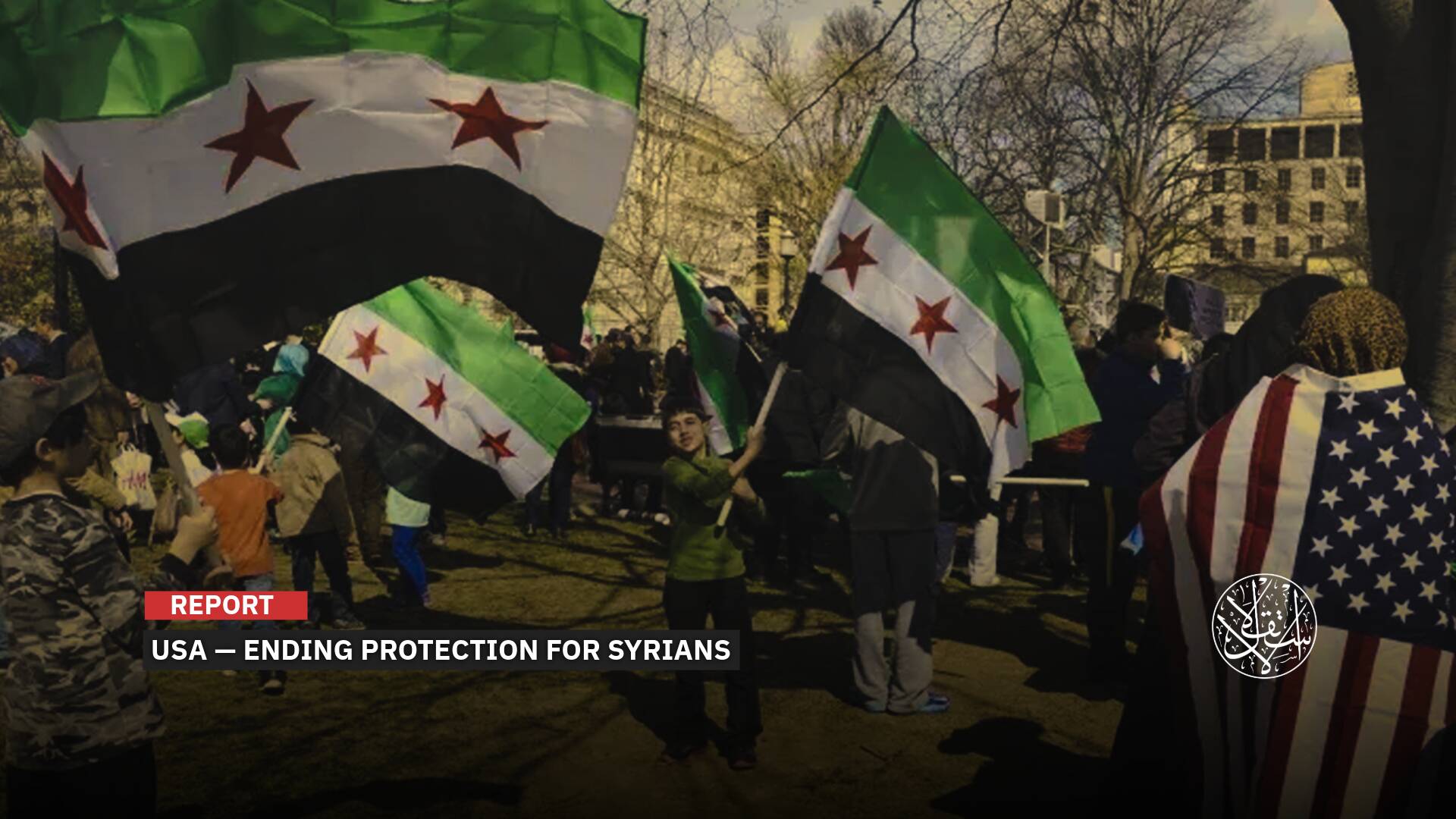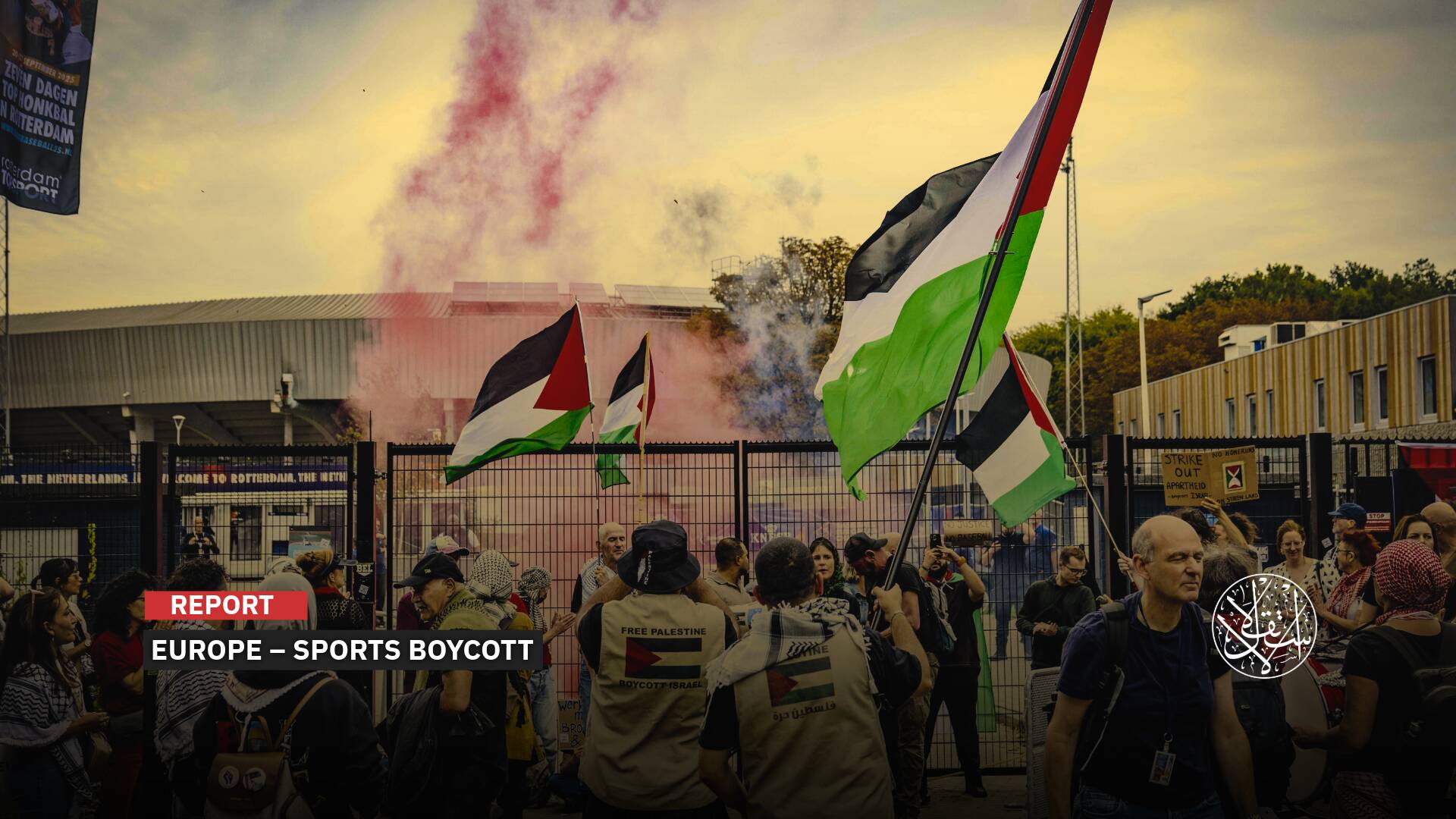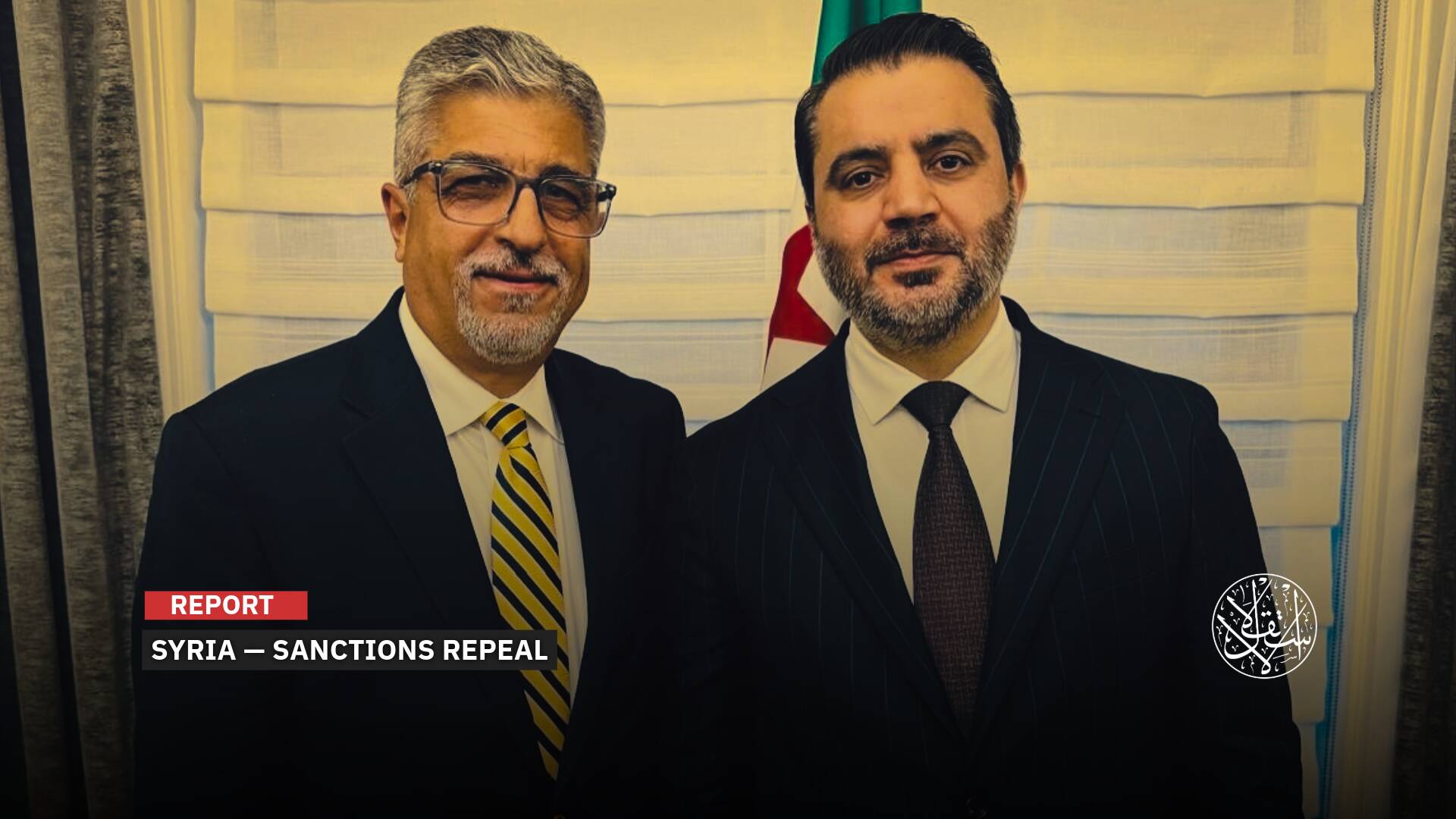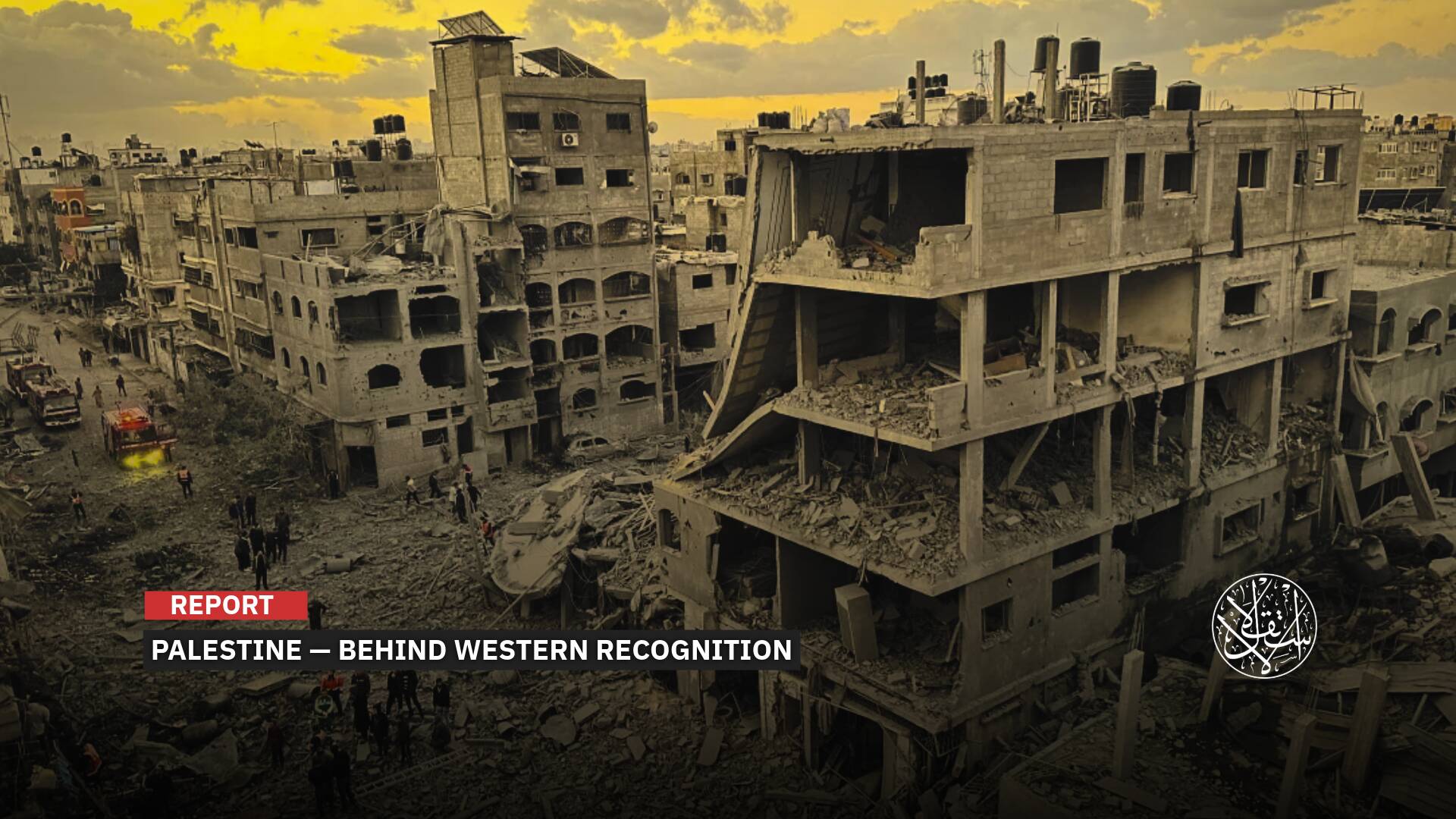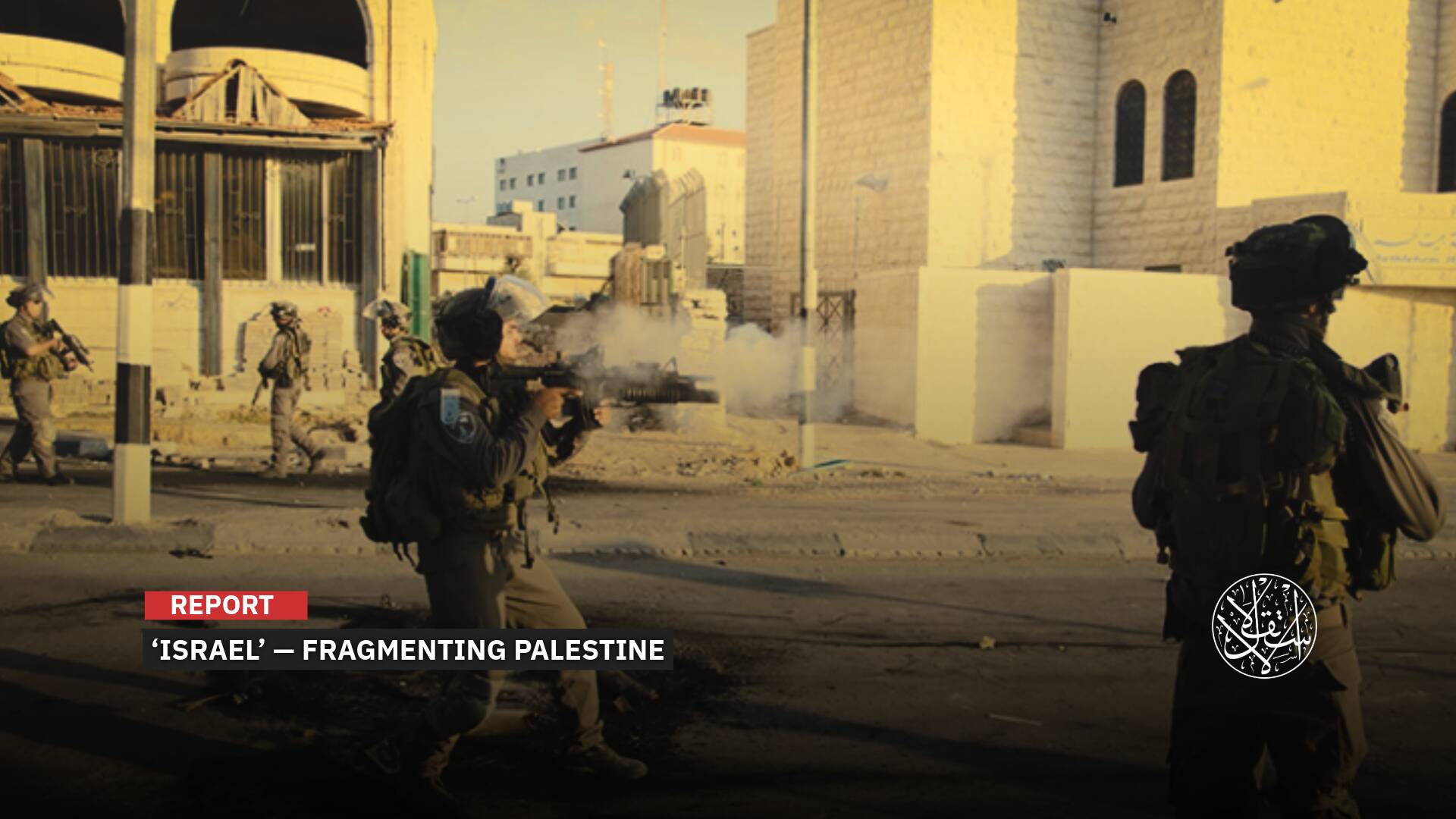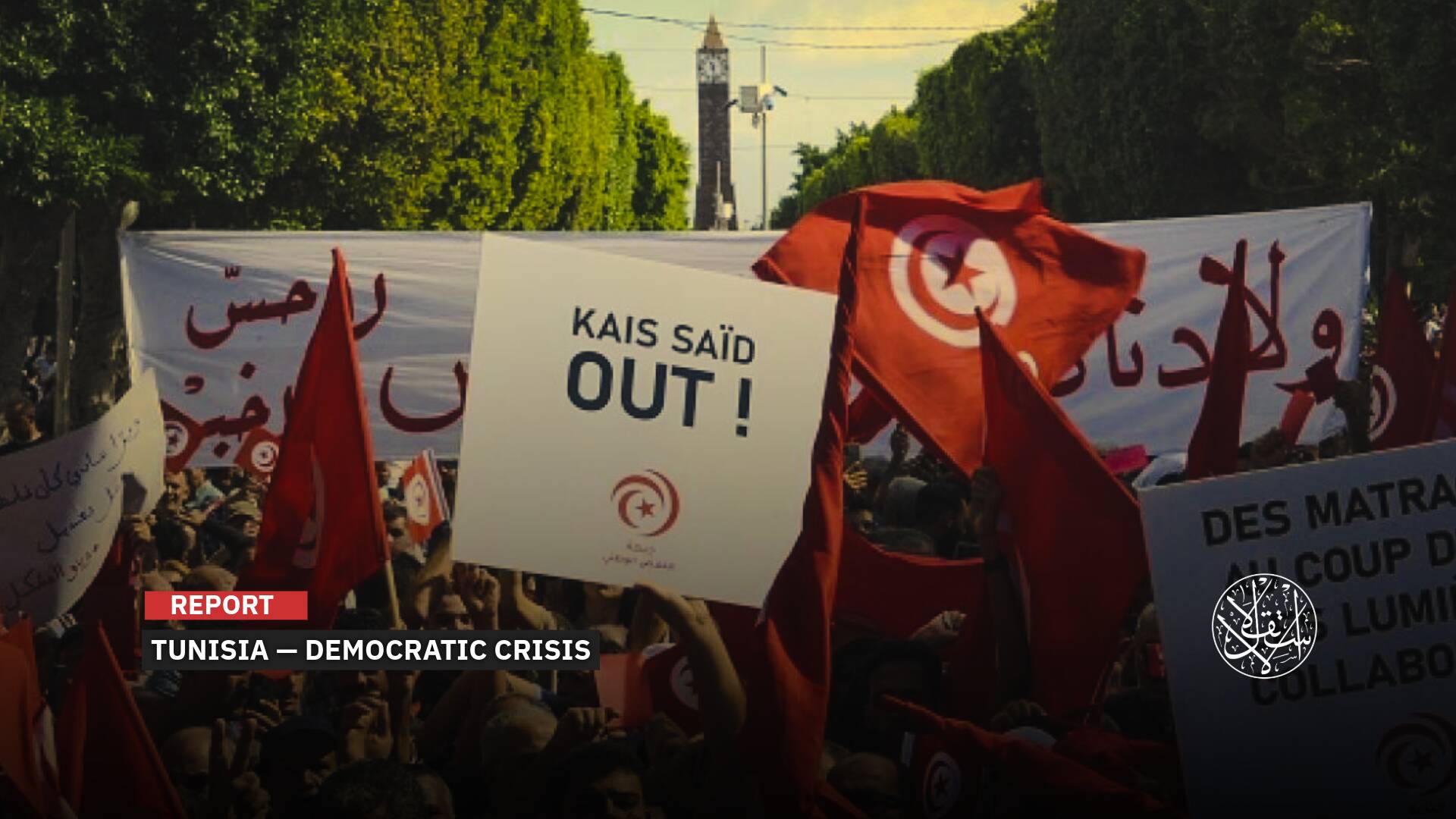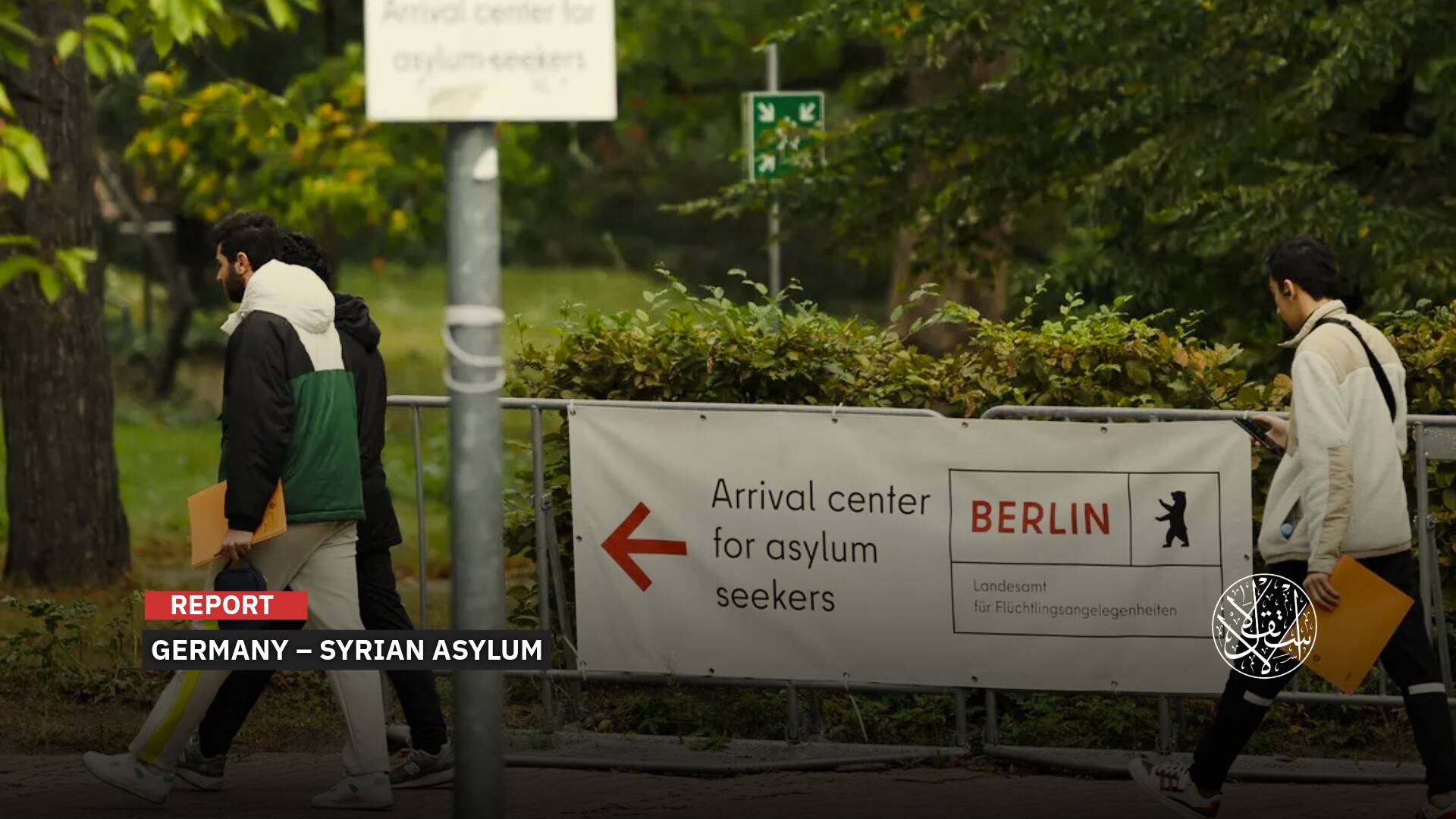How Did the Ukraine War Reshape the Global Arms Industry?

The Australian website The Conversation published a report entitled The war in Ukraine shakes the throne of the global arms industry, monitoring the reshaping of the industry, and how countries such as America and China have benefited, while Russia may be the biggest loser.
Normally, the arms industry thrives in war situations, and the war in Ukraine is the largest on the European continent since World War II.
But the arms industry does not seem to be adversely affected even in non-wartime. Before the Russian attack on Ukraine, and despite the Corona epidemic that stagnated and contracted the world economy, the arms trade made major profits, and sales in 2020 exceeded more than half a trillion dollars.
Russia Losses
Terrence Guay, clinical professor of international business at Pennsylvania State University, notes that Russia's sales of its weapons were generally promoted as "cheaper and easier to maintain than Western alternatives.”
This is why Russia accounted for 19% of global arms exports from 2017 to 2021, ranking second only to the United States, which accounts for 39% of the arms market.
But offers to sell in this way may no longer work with many countries, which have seen losses and failures of Russian equipment in Ukraine, according to Western assessments.
To date, the United States estimates that Russia has lost about 1,000 tanks, at least 50 helicopters, 36 bomber fighters, and 350 artillery pieces, according to Business Insider.
In addition, thousands of Russian soldiers, ranging from 15,000 to 30,000, have been killed. Nevertheless, Russia remains unable to control Ukrainian airspace.
The author continues, explaining that Russian offensive weapons have also proved disappointing: the failure rates of the missile, i.e. failure to launch, crash in mid-flight or fail to hit the target, may reach between 50 and 60% due to manufacturing defects or due to the age and low quality of the equipment.
These problems, together with the slow progress of the Russian army in achieving any of Russian President Vladimir Putin's stated objectives, have raised real doubts among Russia's traditional agents.
With regard to arms exports, Russia sells about 90% of its weapons to only 10 countries, including India, Egypt, and China.
Moreover, Russia's ability to offset those equipment losses is hampered by economic sanctions, which prohibit the supply of basic foreign components such as circuit boards to Russia.
Russia will certainly need to replace its military hardware before exporting anything out of the country. This means that even if some countries want to continue buying Russian tanks and fighter jets, they will have to wait in line with importers or turn to another country to meet their defense needs.
China Benefits
China is likely to be the biggest beneficiary of Russia's removal from its position as one of the largest arms exporters.
In recent years, China has acquired an estimated 4.6% share of the global arms trade, finishing fourth after 11% of France. In addition, China owns 7 of the top 20 global defense companies in terms of defense sales revenues, indicating its significant ambitions in the sector.
The Chinese government currently buys the majority of its weapons and equipment from local arms manufacturers, but China has the capacity to export more military products abroad.
China is currently the world's largest ship maker, making the export of naval vessels the next logical step. It is also expanding its drone technology sector and is trying to increase exports by taking advantage of the modernization of its air force with homemade aircraft.
Only three of the world's top 40 arms importers currently buy the majority of their weapons from China: Pakistan, Bangladesh, and Myanmar.
But this could change if China takes advantage of Russia's weakness to present itself as a reliable partner in national security, economy, and politics.
China's introduction in this way can be said to be an essential feature of China's Belt and Road Initiative.
China's weapons will not replace its U.S. and European counterparts, which are at the top of the pyramid thanks to their high quality and high prices, but China can close the niche market gap dominated by Russian arms manufacturers, increasing Beijing's role as one of the largest arms exporters and giving it the political and economic gains that accompany it.
One of the biggest challenges China will face will be to demonstrate the effectiveness of its weapons during direct combat positions.
U.S. Profits
The author explains that U.S. arms manufacturers dominate the global arms industry, and the Ukraine war is likely to ensure that this remains the case for some time.
The world's top five arms manufacturers are all American: Lockheed Martin, Raytheon, Boeing, Northrop Grumman, and General Dynamics, and half of the world's top 100 arms manufacturers are located in the United States.
Additionally, there are 20 manufacturers in Europe, including only two from Russia, although Russia is the second largest exporter of weapons in the world.
The vast quantities of weapons transported from the United States to Ukraine appear to be going to make U.S. arms manufacturers preoccupied for some time in the future.
For example, the United States has moved about a third of its stockpile of Javelin anti-tank missiles to Ukraine, and the Raytheon-Lockheed Martin joint venture will take three to four years to replace them.
President Joe Biden's $40 billion aid package recently signed includes $8.7 billion to replenish U.S. weapons stockpiles.
The rise in corporate share prices is evidence that investors believe profitable days are coming, Lockheed Martin's share price has risen by more than 12% since the Russian war began in Ukraine, with most gains in the immediate aftermath of that war, Northrop Grumman's shares jumped 20%, and at the same time, the broader stock market fell by about 4%.
More Investments
On the other hand, some countries that relied on others to meet their defense needs will seek to become more self-reliant.
India has relied on Russia for about half of its arms imports in recent years, but India is beginning to realize that Russia will need its full or mostly production capacity to replace tanks, missiles, aircraft, and other weapons used or lost in Ukraine, reducing the available export capacity.
This means that India will need to obtain vehicle and weapon parts from former Russian weapons agents, such as Bulgaria, Georgia, and Poland, or build its own defense industry.
India announced in April that it would accelerate the production of helicopters, tank engines, missiles, and airborne early warning systems to offset any possible decline in Russian exports.
The author adds that concerns about the potential dependence on Russian industry are growing, and in May, India canceled a $520 million helicopter deal with Russia, while U.S. pressure has reportedly played an important role in canceling the deal, what India has done appears to be part of the government's strategy over the past few years to establish its domestic defense industrial base.
Similarly, Brazil, Turkiye, and other emerging market countries have developed their defense industries over the past two decades to reduce their dependence on arms imports. Ukraine's war will speed up the process.
Putin probably did not expect his efforts to annex Ukraine to shake up the global arms market much or cause his country's arms sector to decline, but that's just another way in which his war on Ukraine led to a geopolitical earthquake, the author concludes.





